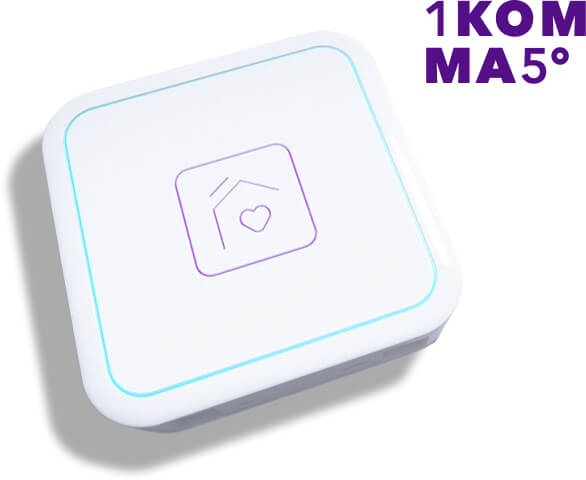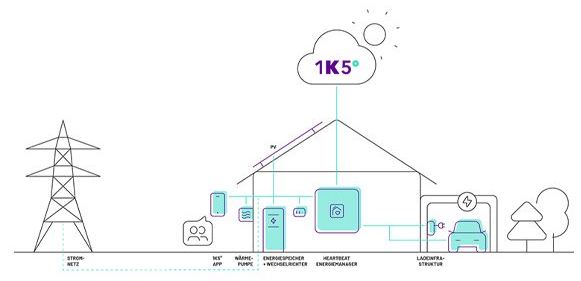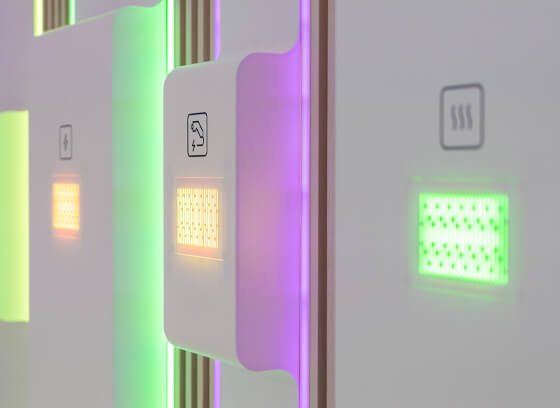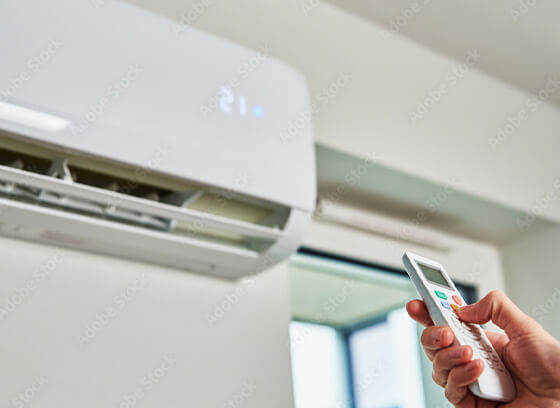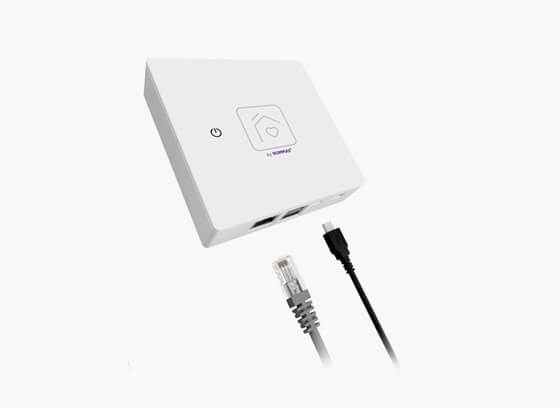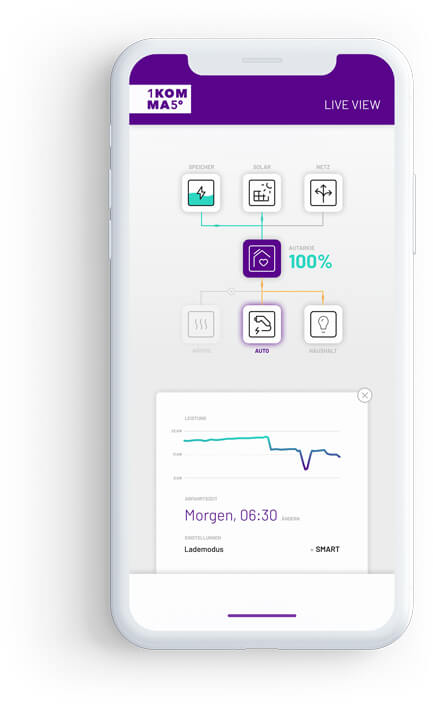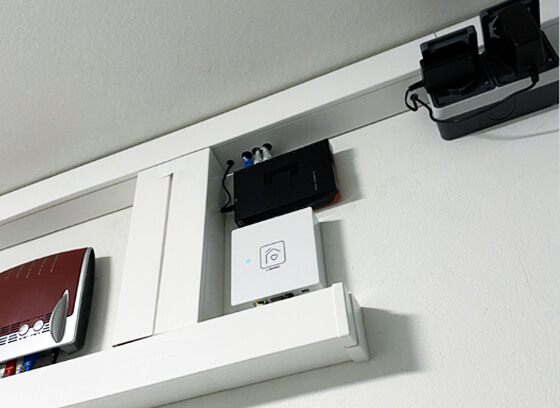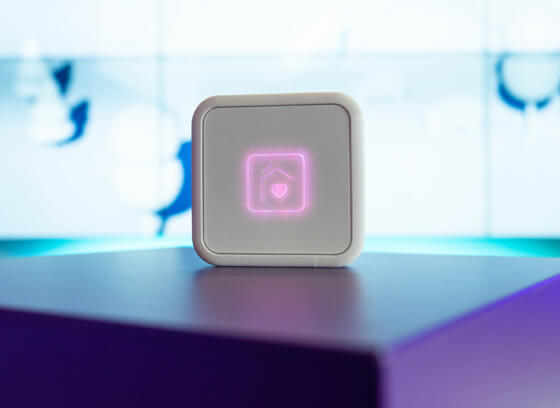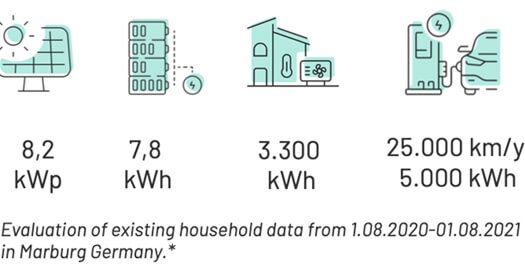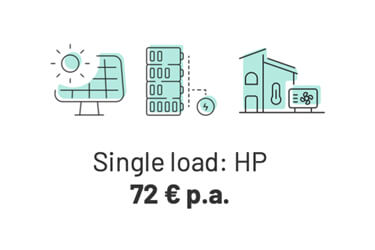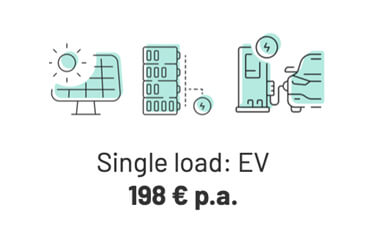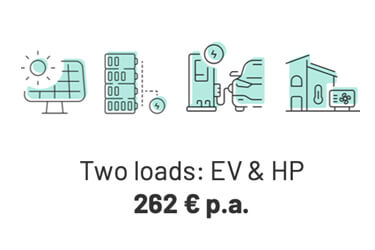Taking control of your energy costs and climate emissions is now only a heartbeat away. 1KOMMA5 is introducing Heartbeat to Australia, a technology which allows you to capture the full potential of your rooftop solar system and maximise efficiency and savings.
With energy costs spiralling out of control and carbon emission reductions trailing well beyond what is required, interest from Australian households in rooftop solar and batteries has never been higher. The Heartbeat now provides a way to unleash the full potential of your home energy system, by integrating the various elements of your household energy system under a single smart management system.
You no longer need to be a spectator but can become a participant in the energy market of tomorrow in an effortless way. A world in which you’re no longer vulnerable to the whims of volatile prices is just a Heartbeat away. Stop being a spectator and start being a solar saver today.

